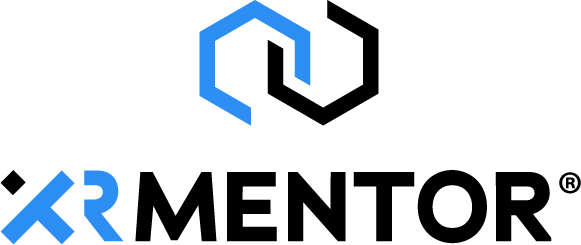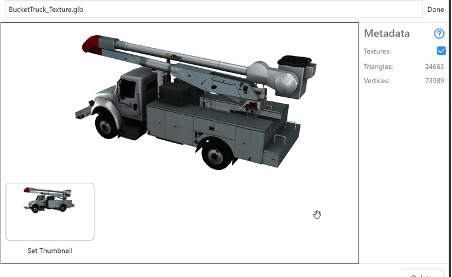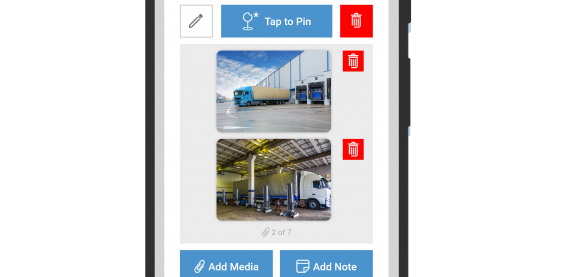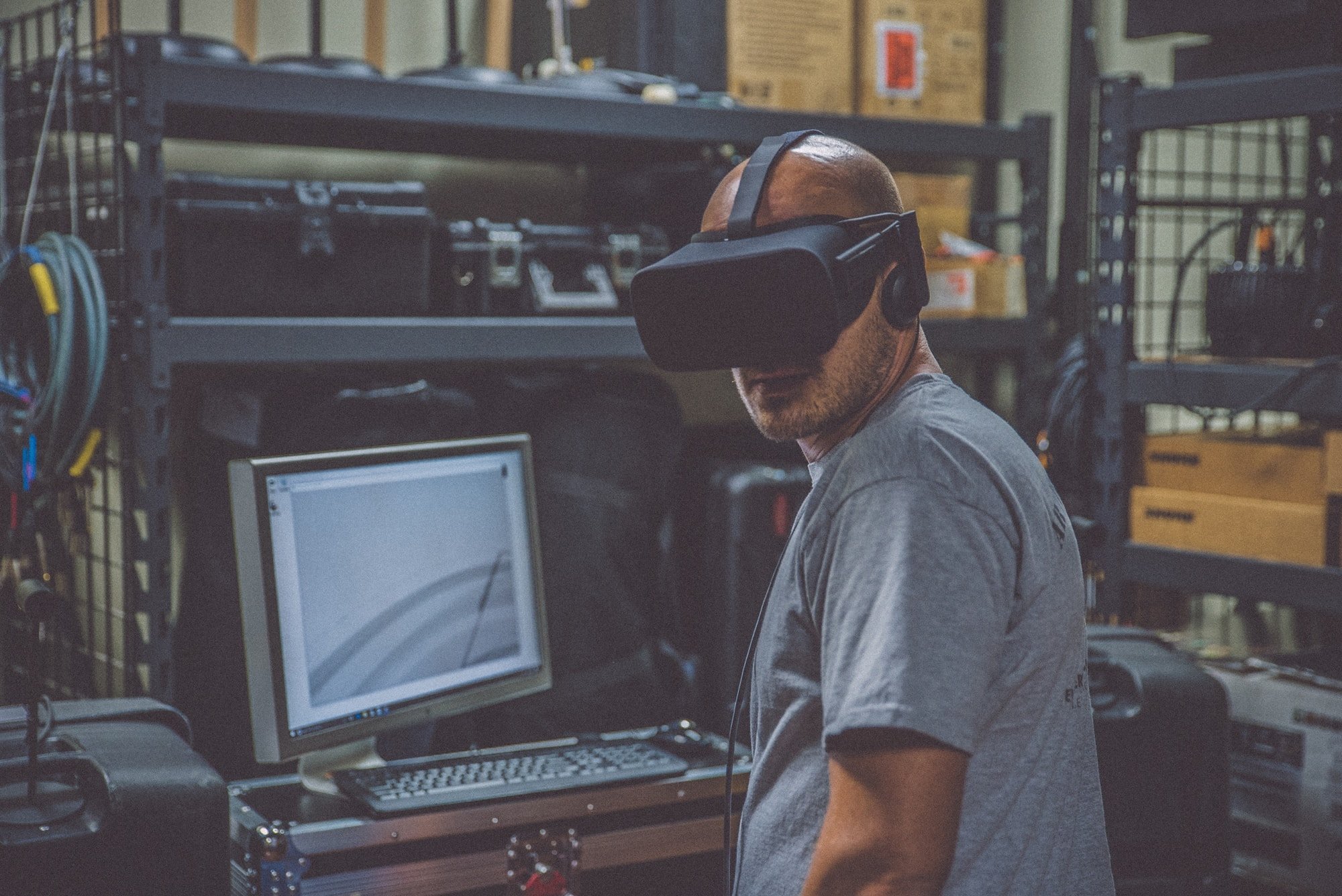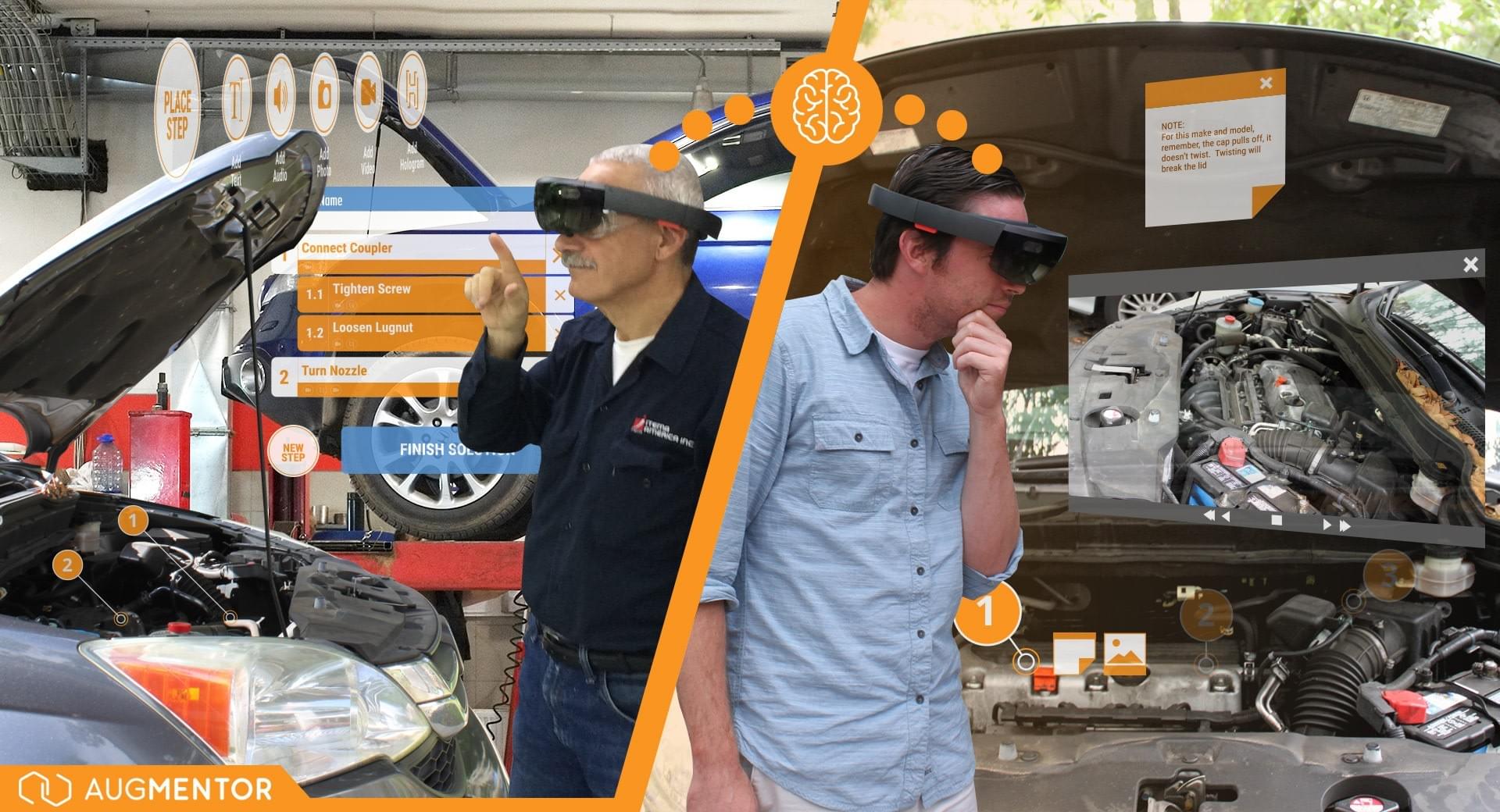Key Points
- Increased Engagement & Retention: AR provides interactive, immersive training experiences that enhance employee engagement and improve knowledge retention by up to 75%.
- Faster Learning: Visual, hands-on learning through AR accelerates the learning process, particularly for complex tasks in technical industries.
- Cost Efficiency: While initially costly, AR reduces long-term training expenses by eliminating physical materials, travel, and repeated sessions.
- Enhanced Safety: AR allows employees to train in simulated high-risk environments, ensuring safety while preparing them for real-life scenarios.
- Customization & Scalability: AR training is easily customizable for individual roles and scales across organizations, providing real-time feedback and tailored learning experiences.
In today’s fast-evolving business landscape, companies must prioritize continuous development through employee training tools to stay competitive and adaptable. Traditional methods like workshops and printed manuals are quickly being enhanced or replaced by innovative technologies, with Augmented Reality (AR) emerging as one of the most powerful employee training tools for workforce development.
AR overlays digital information onto the real world, creating immersive experiences that enhance understanding and retention. Here’s a deep dive into how AR is revolutionizing employee training, along with the tools available to make this shift seamless and effective.
What are the benefits of AR as an Employee Training Tool?

1. Enhanced Engagement and Retention
Traditional training methods can often be passive and disengaging. However, utilizing AR as an employee training tool transforms this approach by providing hands-on, interactive experiences. Employees can participate in simulations that mimic real-world scenarios, creating a more immersive and effective learning environment. Research shows that interactive, hands-on learning through these employee training tools can improve knowledge retention by up to 75%, compared to passive learning methods.
2. Accelerate the Learning Process
AR reduces the complexity of technical or complex tasks by providing visual guidance in real-time. Employees can learn faster when they see the steps and results immediately in front of them. This is especially valuable for industries like manufacturing, healthcare, or engineering, where learning complex processes through text-based manuals can be time-consuming and confusing.
3. Reduce training costs
Though AR training may seem like a hefty upfront investment, it can dramatically reduce long-term costs. With AR, there’s no need for physical materials, travel, or renting spaces for workshops. Employees can access training materials anywhere, at any time, reducing the need for repeated face-to-face sessions. Furthermore, AR solutions can be updated centrally and rolled out across the organization with ease.
4. Improve Safety
For high-risk industries such as construction, oil and gas, or aviation, AR training offers the ability to simulate dangerous scenarios without putting employees at risk. Trainees can practice responding to emergencies or critical equipment failures in a safe environment, ensuring they are better prepared when these situations occur in real life.
6. Improve real-time feedback
AR-enabled training often includes real-time feedback mechanisms, allowing employees to learn from their mistakes instantly. This type of immediate correction helps prevent bad habits from forming and ensures that learners can quickly adapt and improve.
What employee training tools can help with implementation?
Now that we’ve explored the benefits, let’s look at some tools and platforms making AR training more accessible:
1. Microsoft HoloLens
Microsoft HoloLens is a mixed-reality headset that allows employees to engage in immersive, hands-free learning experiences. It is particularly effective for complex, technical training in industries like manufacturing, healthcare, and engineering, offering real-time guidance and visual overlays.
2. Zappar
Zappar provides easy-to-use AR software that allows businesses to create their own training experiences. Its no-code platform lets companies build custom AR content that is accessible via mobile devices or tablets, making it ideal for companies looking to deploy large-scale AR training across multiple locations.
3. XRMentor®
XRMentor® is a leading provider of AR-based training and work instructions, particularly in industrial sectors. The platform delivers step-by-step guidance through AR headsets, ensuring employees can accurately perform complex procedures with real-time visual assistance.
What Industries are leading with this technology?
While AR training can benefit nearly any sector, certain industries are seeing particularly impressive results. These include:
- Manufacturing: AR is used to train employees on machinery assembly, equipment maintenance, and even safety protocols, all in real-time.
- Healthcare: Surgeons, nurses, and medical technicians are being trained using AR simulations, allowing them to practice high-risk procedures without endangering patients.
- Retail: AR is helping employees learn about product displays, stocking, and customer service procedures through interactive simulations.
- Logistics: From warehouse management to optimizing supply chains, AR tools are teaching employees how to work more efficiently and with fewer errors.
Conclusion
Augmented Reality is more than just a flashy new technology; it’s a powerful tool that can revolutionize employee training. By enhancing engagement, accelerating learning, improving safety, and reducing costs, AR training solutions are making it easier for companies to develop a highly skilled and adaptable workforce.
As AR technology continues to evolve, companies that invest in these tools today will be better prepared for the challenges and opportunities of tomorrow. Whether you’re looking to improve the speed of training, customize learning experiences, or offer immersive simulations, AR is undoubtedly a game-changer in the training world.
Incorporating AR into your training strategy can future-proof your organization. Start exploring the best AR tools like XRMentor ® today to drive both efficiency and engagement in your workforce.
